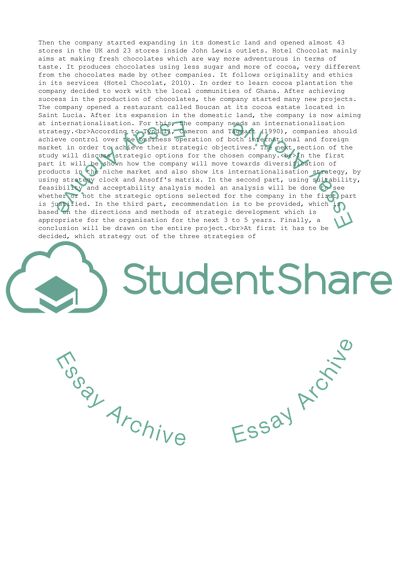Cite this document
(“Hotel Chocolat Essay Example | Topics and Well Written Essays - 4000 words”, n.d.)
Retrieved from https://studentshare.org/management/1613912-hotel-chocolat
Retrieved from https://studentshare.org/management/1613912-hotel-chocolat
(Hotel Chocolat Essay Example | Topics and Well Written Essays - 4000 Words)
https://studentshare.org/management/1613912-hotel-chocolat.
https://studentshare.org/management/1613912-hotel-chocolat.
“Hotel Chocolat Essay Example | Topics and Well Written Essays - 4000 Words”, n.d. https://studentshare.org/management/1613912-hotel-chocolat.


